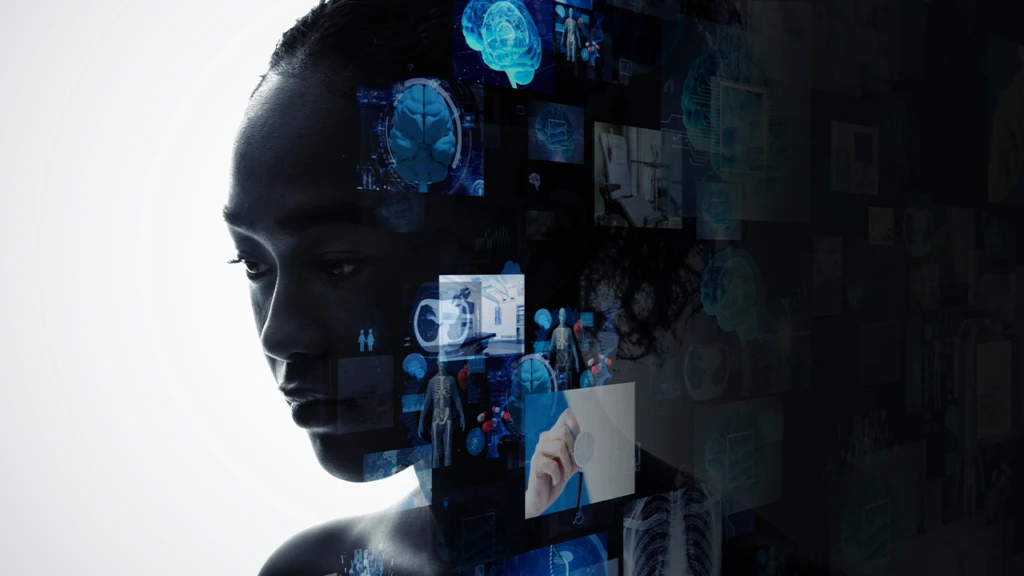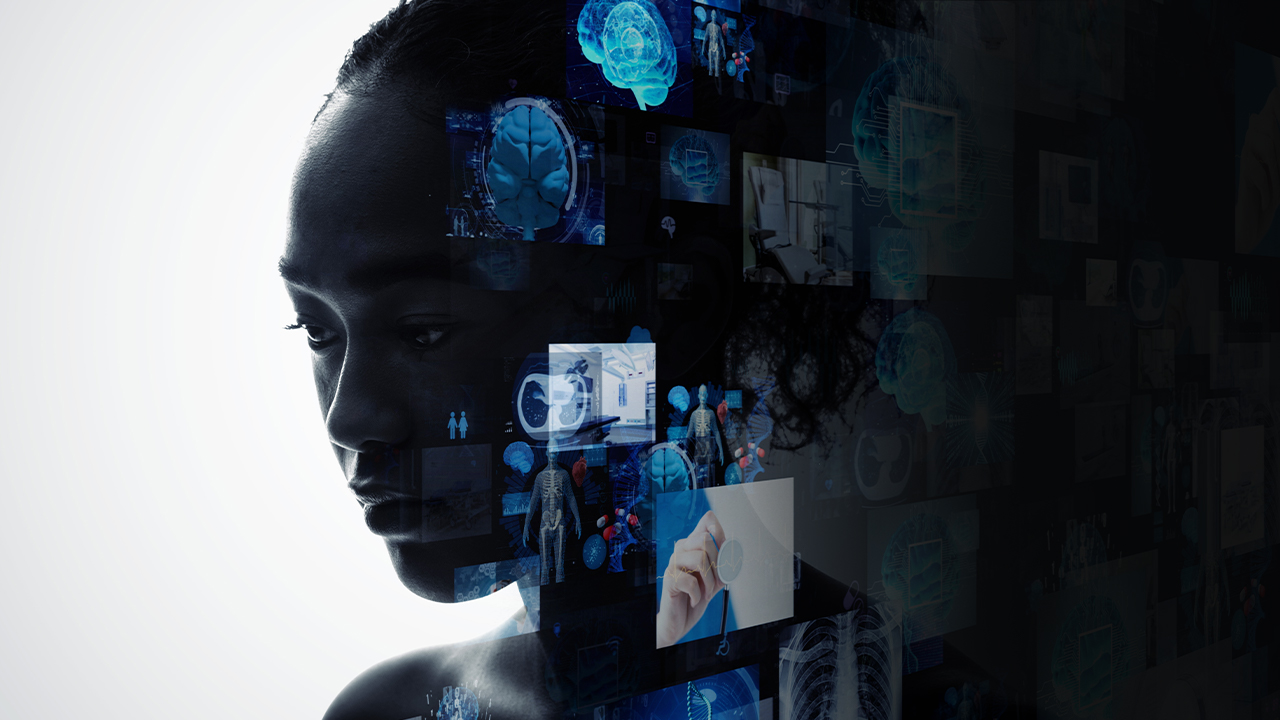
The short and long view of how AI is changing health
 While AI is driving value in all aspects of our lives, there are times where it’s hard to separate the aspirations of those who want to use it to do good from those leveraging AI today to positively impact real change in health and medicine.
While AI is driving value in all aspects of our lives, there are times where it’s hard to separate the aspirations of those who want to use it to do good from those leveraging AI today to positively impact real change in health and medicine.
I have the privilege of working with many talented leaders and organizations that are truly making health and medical services better by harnessing the power of healthcare’s data tsunami using AI and other analytical solutions.
COVID-19, part two
There is growing optimism in how we manage COVID-19 going forward to restore many of the daily living activities we miss and treasure. One of the good things we learned from COVID-19 is that, when faced with a challenge, health systems are capable of agile transformation. As part of this, we also demonstrated that AI could drive a “short time to value.”
Today vaccine distribution is a top priority. Health professionals are challenged with ensuring the efficient distribution of vaccines, specifically among vulnerable populations. Microsoft partner Jvion recently unveiled its COVID Vaccination Prioritization Index to guide the distribution of vaccines to communities whose social determinants of health make them more vulnerable. This tool is publicly available and uses AI to help with delivering vaccines to patient populations most at risk.
Adaptive Biotechnologies is another Microsoft partner that’s making a very big impact on health and medicine. The company is using genomic data and AI to decode the adaptive immune system and create an immune medicine platform.
Imagine a simple blood test that could provide accurate and early diagnosis of thousands of different diseases simultaneously — that’s the premise of the groundbreaking work underway.
Adaptive Biotechnologies has recently created the T-Detect COVID test, which can detect an immune response to the virus that causes the COVID–19 disease. This new test demonstrates the power of combining the company’s immune medicine platform with Microsoft’s AI and machine learning (ML) capabilities.
Beyond COVID, we are returning our focus to the many health challenges that have taken a back seat to the pandemic headlines.
Building intelligence into medical images is one of the most promising areas for AI in health today.
Project InnerEye is a research initiative underway by the Health Intelligence team at Microsoft Research Cambridge (UK) that is exploring ways in which ML can assist clinicians in planning their radiation treatments for cancer so that they can spend more time with their patients. In September 2020, we released the InnerEye open-source deep-learning toolkit.
Ambient intelligence is also getting a lot of attention and is being used to reduce many of the important but repetitive administrative activities physicians face. Nuance Communications Inc. is another Microsoft partner that is delivering ambient clinical intelligence (ACI) technology more routinely into exam rooms. ACI enables ambient sensing and conversational AI to take care of some of the more burdensome administrative tasks and to provide clinical documentation that writes itself. This allows doctors to turn their attention fully to taking care of patients.
Looking ahead, I’m excited about this month’s launch of our new hardware and software platform called Microsoft Azure Percept. It’s an entire platform that aims to simplify the ways customers can enable AI capabilities at the edge. It seamlessly integrates with other Azure services, including Azure Machine Learning, Azure Live Video Analytics, and Azure Cognitive Services, to help provide detailed insight. The platform also provides detailed vision and audio insights in real time.
If any of these examples pique your interest in learning how AI is changing our world, I recommend downloading a copy of the recently released 2021 AI Index published by Stanford. This is the fourth annual report that is part of a 100-year longitudinal assessment of AI about the impact the solution is having on the world around us today and in the future. I also want to thank Microsoft’s Chief Science Officer Eric Horvitz, MD, for his leadership in helping to create this century-long effort.




